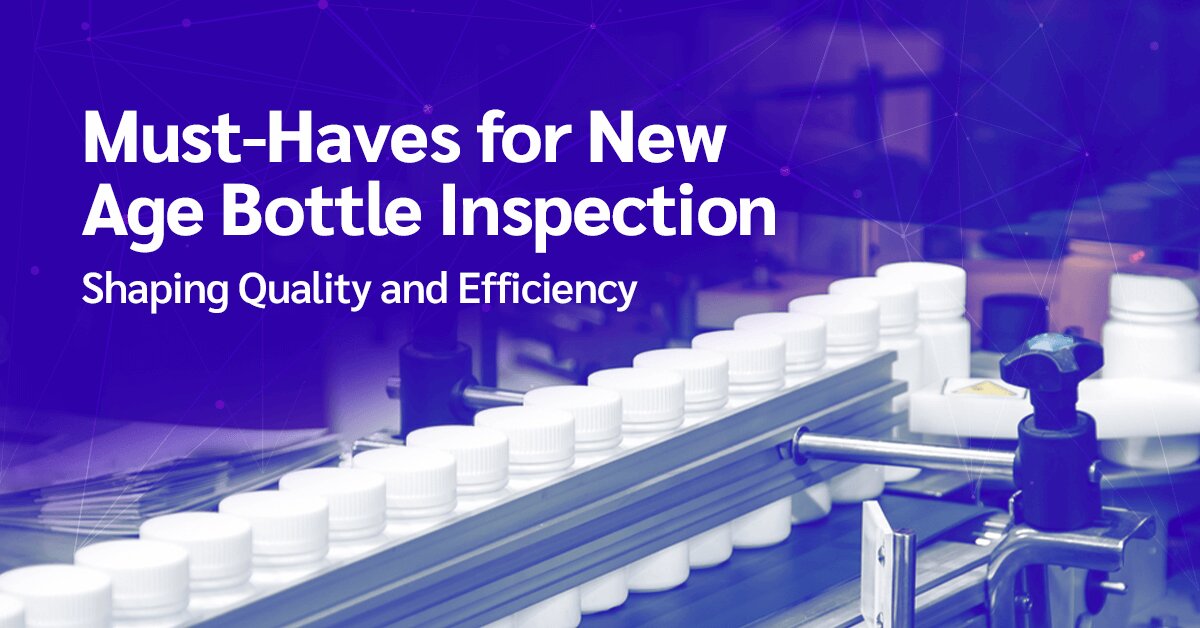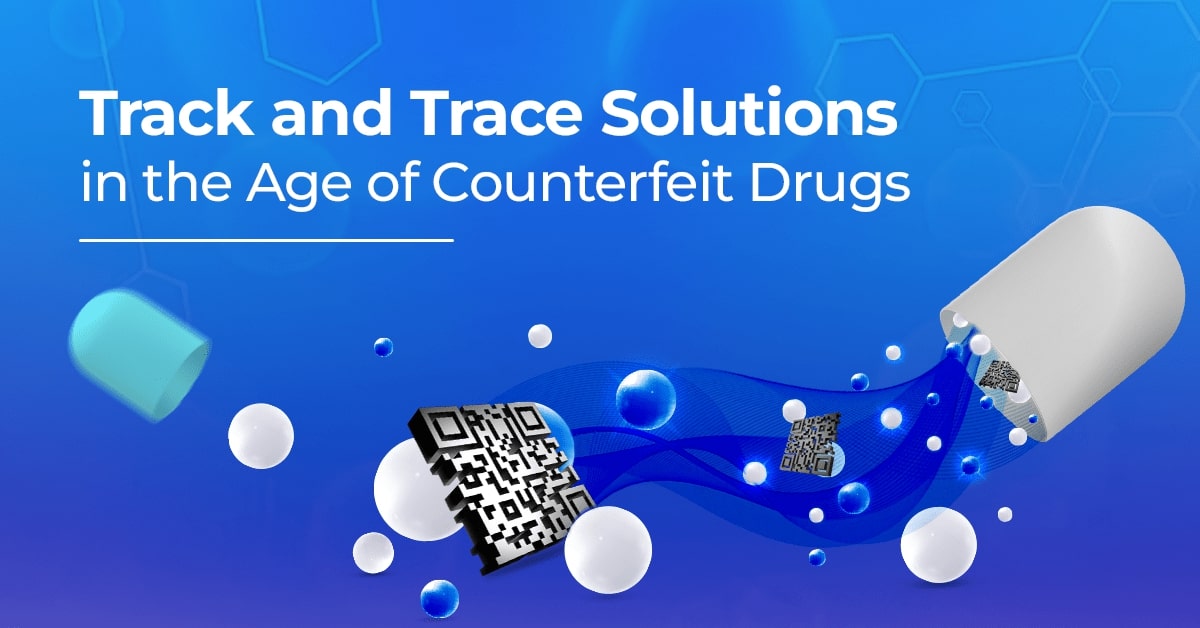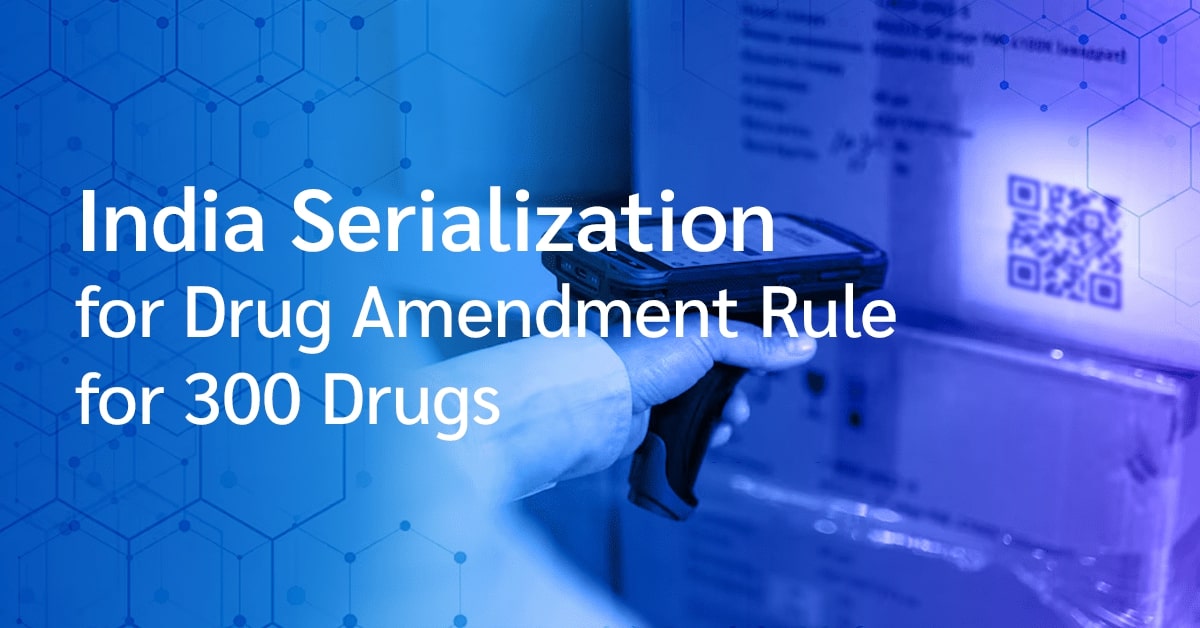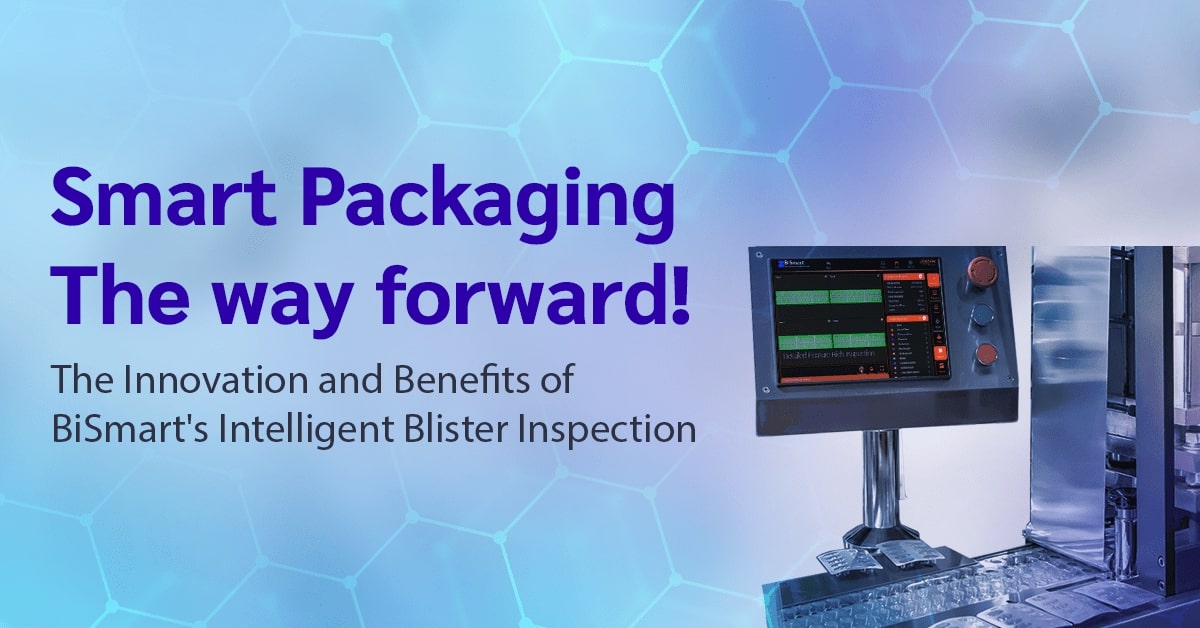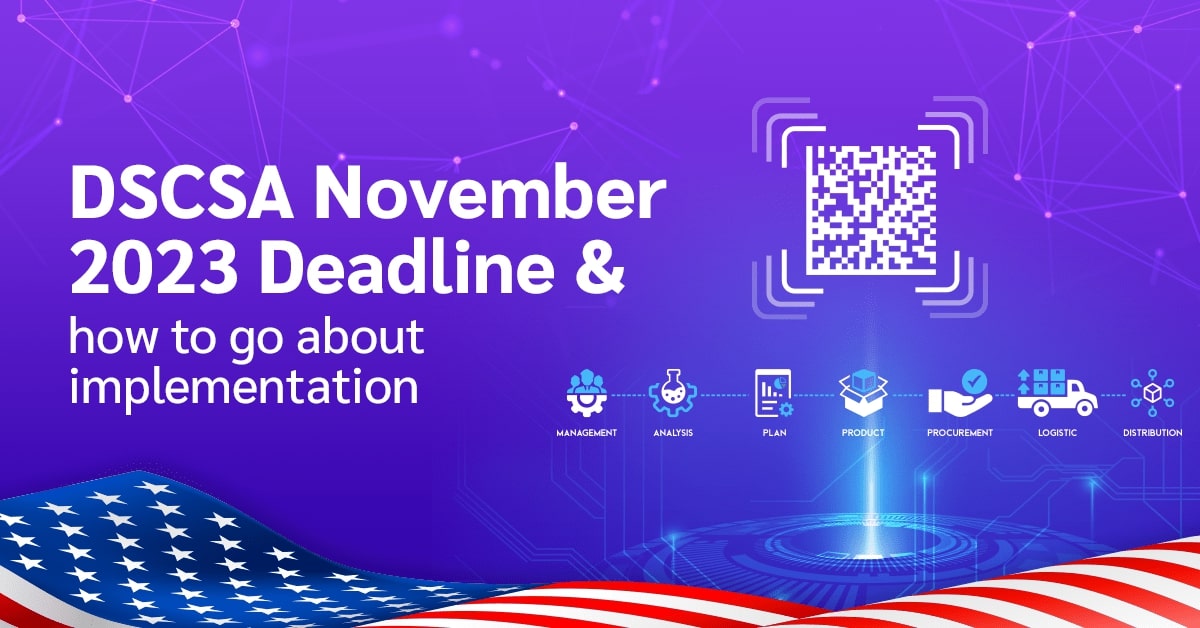In a world characterized by technological leaps, industries are in the midst of rewriting the rules of manufacturing and quality control. Within this revolution, bottle inspection has emerged as a crucial cornerstone for maintaining product integrity, adhering to regulations, and meeting consumer expectations.
The realm of bottle inspection spans across a spectrum of industries, from pharmaceuticals to beverages and cosmetics, where meticulous inspection isn’t just beneficial but indispensable.
In the article ahead, we journey into the era of new-age bottle inspection, unraveling the essential components that are shaping the future of this pivotal process.
Quality Assurance and Regulatory Compliance
In the foundation of industries lies the unshakable need for product quality and safety. The significance of accurate bottle inspection extends beyond quality; it’s a regulatory imperative.
Consider the pharmaceutical domain, where precise bottle inspection transcends quality benchmarks and becomes a regulatory mandate.
Regulatory bodies like the FDA establish stringent guidelines for pharmaceutical packaging, preventing contamination, ensuring accurate dosages, and safeguarding patients. The beverage industry mirrors this practice with standards aimed at shielding consumers from substandard or compromised products.
Thus, bottle inspection emerges as the guardian of both regulatory compliance and the highest quality standards.
The Dilemma of Conventional Inspection Approaches
Traditional methods of bottle inspection often faltered when confronting the complexities of modern production lines. Conventional techniques struggled with a range of challenges:
- High Production Speeds: Modern production lines operate at lightning speed, requiring inspection systems that can swiftly detect defects.
- Diverse Bottle Shapes and Sizes: The myriad forms and dimensions of bottles posed a challenge for inspection systems to adapt and ensure consistent results.
- Real-time Inspection: In industries demanding real-time defect detection to maintain uninterrupted production, seamless integration of inspection systems was imperative.
- Variety of Defects: Bottles exhibit a plethora of defects, from cracks to labeling inconsistencies, necessitating accurate identification and classification.
- Minimizing False Rejects: Achieving a balance between pinpointing defects and minimizing false rejection rates was a key to efficient production.
Manual inspection, plagued by human errors, struggled to match the demands of modern industries. This clarion call marked the emergence of a new era in bottle inspection, one that seamlessly marries pioneering technology with unmatched precision.
Automation and AI: A Symbiotic Revolution in Inspection
The epoch of automation has ushered in a renaissance in bottle inspection. The fusion of artificial intelligence (AI) and machine learning (ML) algorithms has opened new horizons, enabling systems to learn from vast datasets and continuously refine their accuracy.
These AI-driven systems decode patterns, isolate defects, and categorize them with unmatched precision. The result is accelerated, more reliable, and consistent inspection processes that dramatically reduce the risk of faulty products entering the market.
Advanced Vision Systems
At the heart of modern bottle inspection lies advanced vision systems empowered by cutting-edge technologies. Technologies such as high-resolution cameras, 3D imaging, and multi-spectral lighting have revolutionized inspection capabilities.
These innovations ensure that even intricate bottle designs are subjected to meticulous defect detection, leaving no flaw unnoticed. This fusion empowers inspection systems to spot defects, ranging from surface imperfections to contaminants, with remarkable clarity.
Defect Detection and Classification
One standout feature of AI-driven inspection systems is their dual capability—detection and classification. This level of precision enables systems to differentiate between different types of defects.
Whether it’s a subtle crack, a misaligned label, or a foreign particle, these systems are equipped to precisely classify defects. This ability simplifies decision-making for manufacturers, allowing for targeted quality control interventions.
Real-time Data Analytics
Bottle inspection’s role has transcended beyond defect identification and elimination. Today, inspection systems unearth a treasure trove of real-time data, which, when harnessed, leads to operational excellence.
Data analytics tools offer manufacturers insights into production efficiency, defect patterns, and avenues for enhancement. This data-centric approach empowers manufacturers to make informed decisions, optimize processes, and elevate overall productivity.
Customization and Flexibility
Modern production lines encompass a diverse range of bottle dimensions, shapes, and materials. Consequently, bottle inspection systems must offer high levels of customizability and adaptability.
The ability to fine-tune inspection parameters to match distinct bottle types and production line configurations is crucial. This customization ensures that the inspection system seamlessly integrates within the existing production workflow, optimizing efficiency and minimizing interruptions.
Integration with the Production Line
Bottle inspection’s effectiveness soars when it becomes an integral part of the broader production line. Automated rejection mechanisms, synchronized halts, and immediate feedback loops ensure that defective bottles are swiftly removed from the production process.
This integration not only reduces waste but also prevents subpar products from infiltrating consumer markets, a critical factor in sectors prioritizing consumer safety.
Reduced False Reject Rates
A central challenge in inspection is striking a balance between minimizing false positives and false negatives while maintaining high detection rates. A robust system ensures accurate detection without causing unnecessary stoppages due to false alarms.
AI algorithms play a pivotal role in striking this balance, minimizing both false rejects and false accepts.
Future Trends
The path ahead for bottle inspection is paved with promise. Augmented reality (AR) interfaces could provide real-time overlays of inspection data, enhancing operators’ decision-making processes. Internet of Things (IoT) integration could usher in predictive maintenance, preventing potential downtimes and ensuring optimal system performance.
Choosing the Right Partner
In navigating this transformative landscape, selecting the right partner becomes paramount. Jekson Vision stands as a leading player in inspection solutions, including bottle inspection.
With a track record of delivering highly sophisticated and scalable solutions, Jekson Vision’s REEVIEW systems offer a range of options tailored to meet market requirements without compromising performance.
These solutions seamlessly integrate into various OEMs, providing customers with optimal solutions cost-effectively. The focus on major standards and the flexibility to incorporate new ones ensure future readiness.
Conclusion
The journey into the future of bottle inspection is marked by challenges, innovations, and a relentless pursuit of excellence. From pharmaceuticals to consumer goods, from food and beverages to electronics, industries across the spectrum recognize the indispensability of new-age inspection methods.
Modern bottle inspection extends beyond regulatory compliance; it’s a commitment to product quality, efficiency, and trust. As industries embrace this evolving landscape, the future unfurls with safer products, streamlined processes, and technological progress.
In this dynamic journey, Jekson Vision stands as a partner of choice, ready to drive industries toward excellence in every bottle and every inspection.

